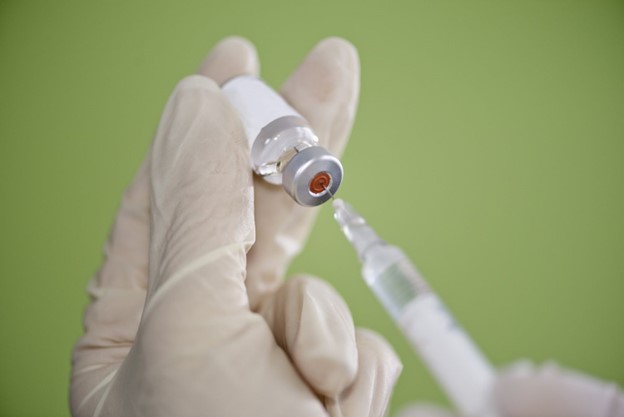The nurse is admitting a child with rheumatic fever. Which therapeutic management should the nurse expect to implement?
Imposing strict bed rest for 4 to 6 weeks.
Administering corticosteroids if chorea develops.
Administering penicillin.
Avoiding salicylates (aspirin).
The Correct Answer is C
The correct answer is choice C: Administering penicillin.
Choice A rationale:
Imposing strict bed rest for 4 to 6 weeks. This choice is not the most appropriate therapeutic management for rheumatic fever. While rest is important during the acute phase, strict bed rest for 4 to 6 weeks is excessive and could lead to physical deconditioning and psychological distress for the child.
Choice B rationale:
Administering corticosteroids if chorea develops. This choice is relevant to the management of rheumatic fever but is not the primary treatment. Chorea is a movement disorder that can occur as a complication of rheumatic fever. Corticosteroids may be used to manage chorea symptoms, but they are not the mainstay of treatment for rheumatic fever itself.
Choice C rationale:
Administering penicillin. This is the correct choice. Penicillin is the mainstay of treatment for rheumatic fever. It helps eradicate the group A streptococcal infection that triggers the inflammatory response leading to rheumatic fever. Penicillin is essential to prevent further complications such as rheumatic heart disease.

Choice D rationale:
Avoiding salicylates (aspirin). This choice is also relevant to the management of rheumatic fever. Salicylates, including aspirin, are used to relieve symptoms and reduce inflammation. However, in children with acute rheumatic fever, salicylates are contraindicated due to the risk of developing Reye's syndrome, a serious condition that affects the brain and liver.
Nursing Test Bank
Naxlex Comprehensive Predictor Exams
Related Questions
Correct Answer is C
Explanation
The correct answer is choice C. Crohn's disease.
Choice A rationale:
Ulcerative colitis is a chronic inflammatory disease that primarily affects the colon and rectum, causing continuous areas of inflammation and ulcers. It does not involve any part of the GI tract from mouth to anus as stated in the question.
Choice B rationale:
Meckel's diverticulum is a congenital condition where a small pouch forms in the lower part of the small intestine. It is not characterized by a chronic inflammatory process involving various parts of the GI tract.
Choice C rationale:
Crohn's disease is a chronic inflammatory disorder that can affect any part of the gastrointestinal tract from mouth to anus. It commonly causes inflammation, ulceration, and narrowing of the affected segments of the intestines. This inflammation can lead to a range of symptoms including abdominal pain, diarrhea, and weight loss. The question accurately describes Crohn's disease.
Choice D rationale:
Irritable bowel syndrome (IBS) is a functional gastrointestinal disorder characterized by abdominal pain or discomfort and changes in bowel habits. It is not associated with chronic inflammatory processes or ulceration as seen in Crohn's disease.
Correct Answer is C
Explanation
The correct answer is choice C. Explain in simple terms how it works.
Choice A rationale:
Asking the girl why she wants to know might be appropriate in some contexts, but children are naturally curious and seeking information is a common behavior. Explaining how the blood pressure apparatus works would likely be more beneficial than questioning her motivation.
Choice B rationale:
Determining why she is anxious assumes that the girl is anxious, which might not be the case. Additionally, the question she asked does not necessarily indicate anxiety, but rather a curiosity about the medical equipment.
Choice C rationale:
Explaining in simple terms how the blood pressure apparatus works is the most appropriate nursing action. This approach respects the child's curiosity and provides her with age-appropriate information, fostering a positive and educational interaction.
Choice D rationale:
Telling her that she will see how it works as it is used might not fully satisfy her curiosity or address her immediate question. Children often benefit from clear and concise explanations, especially when it comes to medical equipment.
Whether you are a student looking to ace your exams or a practicing nurse seeking to enhance your expertise , our nursing education contents will empower you with the confidence and competence to make a difference in the lives of patients and become a respected leader in the healthcare field.
Visit Naxlex, invest in your future and unlock endless possibilities with our unparalleled nursing education contents today
Report Wrong Answer on the Current Question
Do you disagree with the answer? If yes, what is your expected answer? Explain.
Kindly be descriptive with the issue you are facing.
